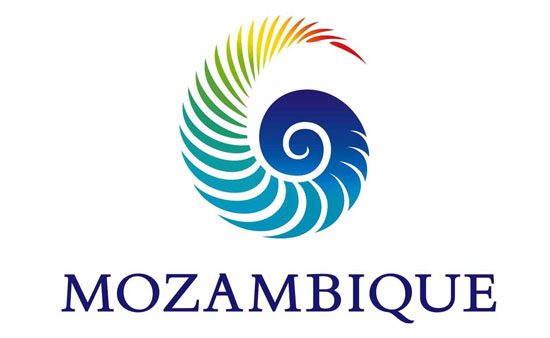AFRICA Listing Details
Africa listing details. ProdAfrica Business Directory is the best way to make business in Africa. We connect Europe and Africa. Your listing is visible now.
VERIFIED LISTING PUBLIC COMPANY OR LOCATIONProfile
The Zinave National Park (Parque Nacional do Zinave or PNZ) is a protected area in Mabote District of Inhambane Province, Mozambique, created by decree on 26 June 1973.
The park extends to the south of the Save River in Inhambane Province, covering an area of 4,000 square kilometres (1,500 sq mi). It was first proclaimed as a hunting area in 1962, run by Mozambique Safariland, and was promoted to a national park in 1972. The area represents a transition between the wet and dry tropical areas and has an annual rainfall of about 800 millimetres (31 in) or less.
The highest elevation is on the southeast boundary at 174 metres (571 ft) above sea level. The land slopes down in a north-northeasterly direction to its lowest elevation of 110 metres (360 ft) at the Save River. The soil is mostly sandy, with clay soils from alluvial sediments along the Save River. Mean annual rainfall is 690 millimetres (27 in) in the northeast, 571 millimetres (22.5 in) in the west. There are seasonal pans scattered throughout the PNZ, some quite large.
A 2010 report said that the PNZ had been neglected until recently, and most of its large wildlife had been destroyed by illegal hunting. Species that are locally extinct or close to extinct include black rhinoceros, Cape buffalo, cheetah, reedbuck, eland, elephant, giraffe, Lichtenstein’s hartebeest, roan antelope, sable antelope, spotted hyena, wildebeest and Selous’ zebra.
The park has very diverse tree species and at least 41 species of grasses. The Save River channel is under water when the river is in flood, but at other times larger areas of sandbanks are exposed. The riverine forest is found on the banks and levees to the south of the river, with diverse trees reaching heights up to 20 metres (66 ft). Shifting cultivation has degraded this forest. Further from the river is Acacia nigrescens woodland, covering 10.5% of the PNZ, merging into mopane and miombo landscapes in the south. The mopane landscape is found on heavier soils and covers 37.5% of the park, dominated by mopane-dominated closed woodlands. Sandveld landscape, open woodlands on deep raddish sandy soils, covers 16.7% of the park. Finally, the miombo landscape covers 29.5% of the park in the higher, wetter southeastern section and includes open grasslands and wetlands.
Mid 2017 6,000 animals were donated to the National Park and will be translocated within three years.

